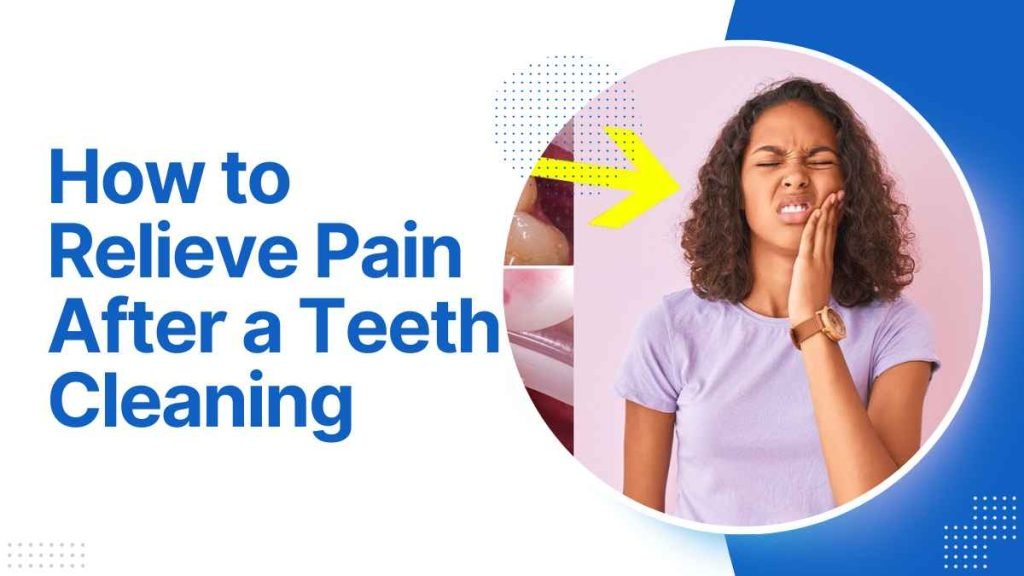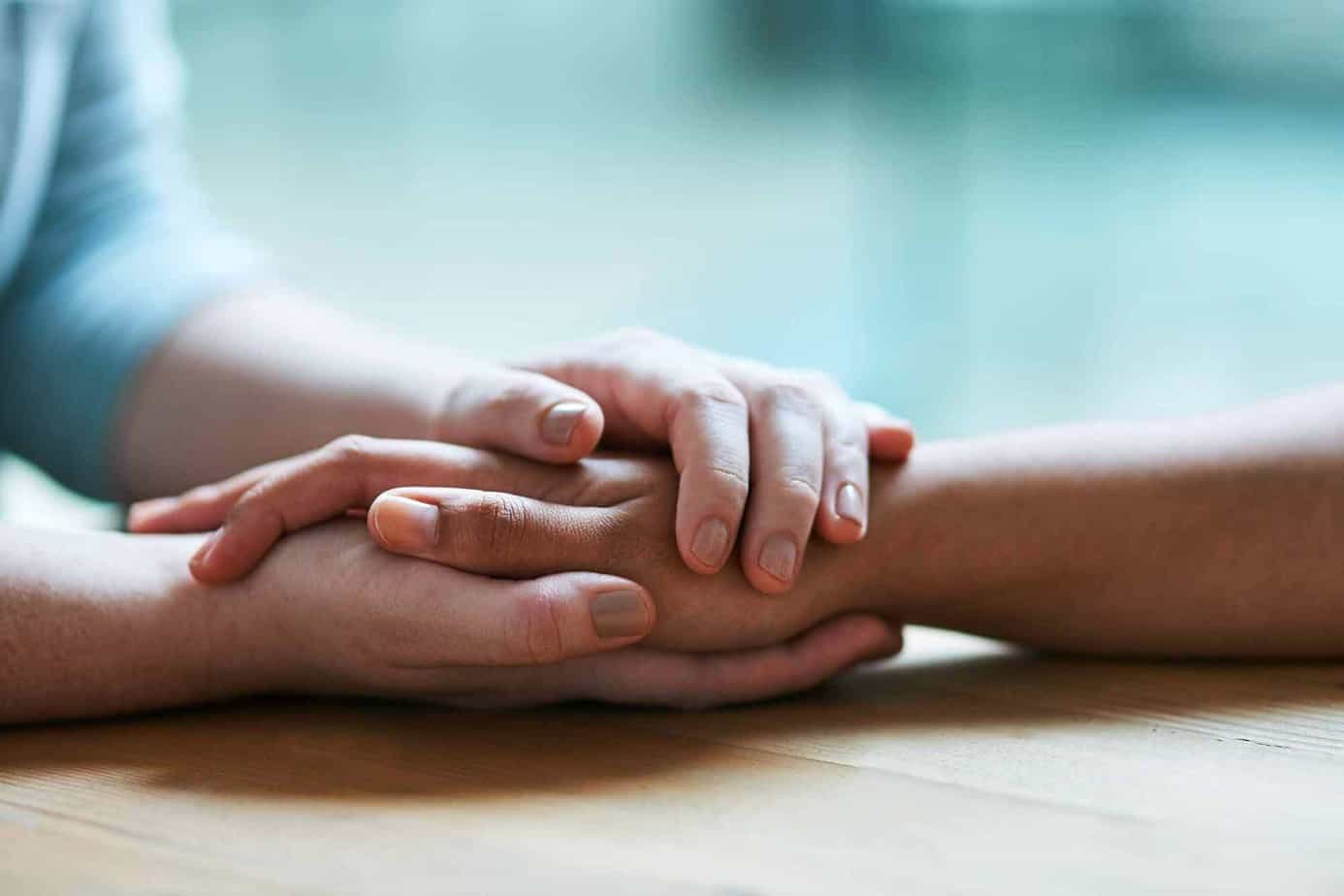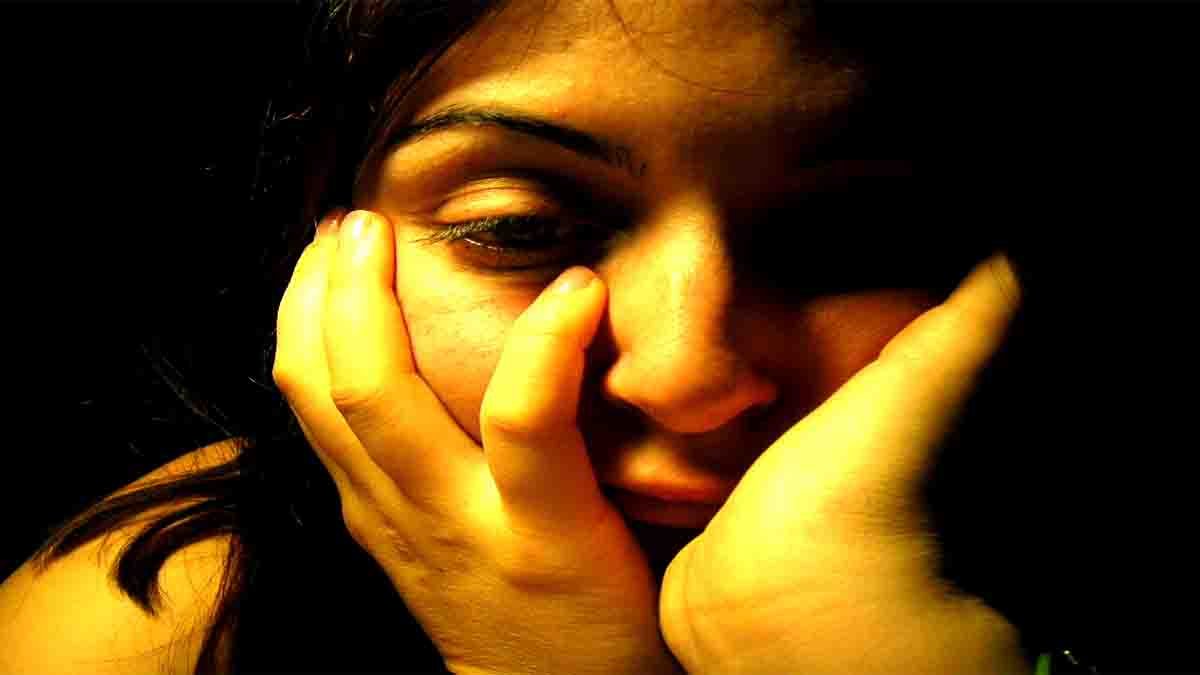How to Relieve Pain After a Teeth Cleaning! Getting your teeth cleaned is essential for maintaining oral hygiene, but it’s common to experience some discomfort afterward. The good news is, there are several effective ways to relieve pain and discomfort after a dental cleaning. In this comprehensive guide, we will explore How to Relieve Pain After a Teeth Cleaning. Here we’ll explore the causes of post-cleaning pain, practical methods to alleviate it, what to expect, alternative treatments, common mistakes to avoid, helpful tips and tricks, and interesting facts to enrich your understanding.
Table of Contents
What Causes Pain After Teeth Cleaning?
After a teeth cleaning, you might experience pain due to various reasons:
Scaling and Root Planing
During the cleaning process, dental hygienists often perform scaling to remove plaque and tartar. This procedure can cause mild discomfort, especially if there’s significant buildup.
Gum Sensitivity
Your gums might be sensitive, leading to pain after the cleaning. This sensitivity is natural and should subside within a day or two.
Tooth Sensitivity
If you have exposed dentin or tooth roots, you might experience sensitivity after the cleaning. Cold or hot substances can trigger sharp pain in such cases.
Inflammation
The gums can become inflamed after cleaning, especially if you have gingivitis. Inflammation often causes tenderness and mild pain.
How to Relieve Pain After a Teeth Cleaning
Now that you know why the pain occurs, let’s discuss effective ways to relieve it:
Total Time: 15 minutes
Over-the-Counter Pain Relief
Taking over-the-counter pain relievers like ibuprofen or acetaminophen can help manage the discomfort. Always follow the recommended dosage.
Use a Desensitizing Toothpaste
Switching to a desensitizing toothpaste can significantly reduce tooth sensitivity. These toothpaste brands contain compounds that block the nerve pathways, minimizing pain.
Avoid Hot and Cold Foods
Steer clear of extremely hot or cold foods and beverages, as they can trigger pain. Opt for lukewarm items to minimize discomfort.
Saltwater Rinse
Rinsing your mouth with warm salt water several times a day can help reduce inflammation and promote faster healing of the gums.
What to Expect After Cleaning of Teeth
After a teeth cleaning, it’s natural to experience some changes in your oral health:
Cleaner and Smoother Teeth: Your teeth will feel cleaner and smoother, free from plaque and tartar, enhancing your overall oral hygiene.
Mild Gum Bleeding: You might experience mild gum bleeding, especially if your gums are sensitive. This is normal and should subside within a day.
Fresher Breath: With the removal of plaque and bacteria, your breath will be noticeably fresher.
Improved Gum Health: Regular cleanings contribute to improved gum health, reducing the risk of gum diseases like gingivitis and periodontitis.

Is There an Alternative Treatment to Teeth Cleaning?
While regular teeth cleaning is the gold standard for oral hygiene, there are alternative treatments, although they might not be as effective:
Water Flossers
Water flossers can help remove plaque and debris between teeth. While they are a good addition to your oral care routine, they don’t replace the thorough cleaning provided by a dental hygienist.
Dental Picks
Dental picks can be useful for removing visible debris, but they are not a substitute for professional cleaning. They are best used as a supplementary cleaning tool.
Oil Pulling
Some people practice oil pulling, a traditional method involving swishing oil in the mouth. While it might offer some benefits, it’s not a replacement for professional dental cleaning.
Common Mistakes to Avoid
To ensure a smooth recovery after a teeth cleaning, avoid these common mistakes:
Ignoring Pain: Ignoring persistent or severe pain is a mistake. If the pain worsens or lasts for more than a few days, consult your dentist.
Skipping Oral Hygiene: Continue your regular oral hygiene routine, including brushing and flossing, even if your gums are sensitive. Proper care aids the healing process.
Consuming Trigger Foods: Avoid foods and drinks that trigger sensitivity, such as ice cream or hot coffee. Minimize contact with extremes in temperature.
Delaying Follow-Up Appointments: If your dentist recommends follow-up treatments, don’t delay them. Timely interventions can prevent complications.
Tips and Tricks for a Comfortable Recovery
To enhance your recovery experience after a teeth cleaning, consider these tips and tricks:
Use a Soft-Bristled Toothbrush: Switching to a soft-bristled toothbrush can minimize irritation and discomfort while brushing.
Maintain a Balanced Diet: A balanced diet rich in vitamins and minerals promotes oral health and supports the healing process.
Stay Hydrated: Drink plenty of water to keep your mouth hydrated, which aids in the healing of gums and reduces discomfort.
Practice Relaxation Techniques: If you experience dental anxiety, consider relaxation techniques like deep breathing or meditation to stay calm before and after the cleaning.
Facts About Post-Cleaning Pain
Here are some intriguing facts about post-teeth cleaning pain:
- Pain Duration Varies: The duration and intensity of post-cleaning pain vary from person to person. Some individuals might experience mild discomfort, while others might feel more intense pain, lasting for a day or two.
- Oral Hygiene Affects Discomfort: If you maintain excellent oral hygiene, the discomfort after a teeth cleaning is likely to be milder. Regular flossing and brushing can reduce sensitivity.
- Pain Indicates a Problem: If you experience severe or prolonged pain after a cleaning, it could indicate an underlying dental issue, such as tooth decay or gum disease. Prompt dental consultation is crucial.
Conclusion
In conclusion of How to Relieve Pain After a Teeth Cleaning, experiencing pain after a teeth cleaning is common, but it’s manageable. By understanding the causes and following the right steps, you can alleviate discomfort and promote a speedy recovery. Remember, good oral hygiene practices and regular dental check-ups are your best allies in maintaining a healthy, pain-free smile. Here you can checkout that How to Fix Broken Teeth.
FAQs About How to Relieve Pain After a Teeth Cleaning
How long does the pain after a teeth cleaning usually last?
The duration of pain varies, but it typically lasts for a day or two. If it persists, consult your dentist.
Can I eat normally after a teeth cleaning?
Yes, you can eat normally, but avoid extremely hot or cold foods, as they might trigger sensitivity.
Is it normal to experience gum bleeding after a cleaning?
Mild gum bleeding is normal and should subside within a day. If it persists, contact your dentist.
Can I use numbing gels to relieve post-cleaning pain?
It’s best to consult your dentist before using any numbing gels to ensure they are safe and suitable for your condition.
Should I avoid brushing if my gums are sensitive after a cleaning?
No, continue brushing with a soft-bristled toothbrush. Proper oral hygiene aids the healing process.
How often should I have my teeth cleaned professionally?
Most dentists recommend professional cleanings every six months, but the frequency can vary based on individual oral health needs.
Can teeth cleaning help prevent cavities and gum disease?
Yes, regular teeth cleanings remove plaque and tartar, reducing the risk of cavities and gum disease when combined with good oral hygiene practices.


